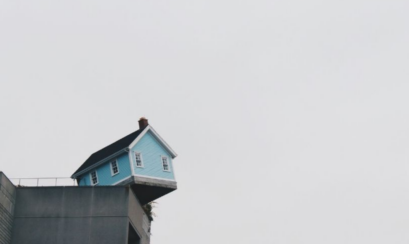New laws introduced in January impose harsh penalties on perpetrators of image-based abuse, including fines of up to $110,000.
The crackdown on image-based abuse – also referred to as intimate image abuse – came into effect on 23 January 2022. Under the Online Safety Act 2021, the eSafety Commissioner has new powers to pursue and penalise anyone found to be breaching the new laws.
The eSafety Commissioner, Julie Inman, says she will use all available powers contained in the new Act to keep Australians safe online.
What is image-based abuse?
Image-based abuse occurs when an intimate image or video of a person is shared, without the consent of the person pictured. This includes images or videos that have been digitally altered. (See Image-based Abuse, eSafety Commissioner website.)
Ms Inman rejects the term “revenge porn” to describe the posting of images intended to hurt or damage a person, saying it leads to victim blaming. “Revenge for what?” she says. “It is image-based abuse.”
The new laws include “expanded powers to better protect all Australians across all platforms where this harm is occurring, including video gaming platforms, dating websites, and encrypted private messaging apps”.
The legislation also contains extra clout to act against the bullying of children via social media. However, eSafety can only act if the complainant is within Australia.
Online abuse against women on the rise
Online abuse – which is mostly conducted against women – has been getting worse in recent years, causing severe suffering and anguish.
A recent ABC story reported there has been a “surge of abuse being directed at women, who make up 70 per cent of the reports of abuse.” (See New laws introduced to protect people from extreme online abuse, trolls, ABC News, June 2021.)
There were 2,687 complaints of image-based abuse to the Commissioner in the last financial year and this is just the tip of the iceberg.
Businesses have 24 hours to take down image-based abuse from their platforms
The new legislation also includes powers and actions that can be taken against website owners and social media companies that host image-based abuse on their platforms. (For more information please see Who owns images on social media?)
From January, companies will have 24 hours, down from 48 hours, to comply with take-down notices or they will face fines of up to $550,000.
Social media companies could be held liable for defamatory comments
Committed to keeping all Australians safe from online harm, the government has recently introduced a Social Media (Anti-Trolling) Bill. The proposed legislation recognises social media companies as “publishers” of users’ comments originating in Australia. This means that social media giants could be liable for defamatory comments posted on their platforms.
The legislation would also introduce new court powers to force social media companies to “unmask” anonymous trolls who make defamatory comments online. (See Combatting online trolls and strengthening defamation laws, Prime Minister, Attorney-General Media Release, November 2021.)
The foreshadowed laws will reverse a High Court decision that ruled operators of public Facebook pages, such as media companies, clubs, groups, and individuals, are legally responsible for defamatory comments posted on their page by others.
How to lodge an image-based abuse complaint
For eSafety to act upon a complaint, the person experiencing online abuse must first gather evidence and compile a report. Before doing so, it is wise to speak with a lawyer, who can provide tailored advice and prepare the report on your behalf. A letter from your lawyer also adds considerable persuasiveness in getting someone to take action.
For further information on the Online Safety Act, you can find the fact sheet on the eSafety Commissioner website.
For more information, please see AI-generated deepfake images create bullying danger and New “post and boast” law can end in jail.














